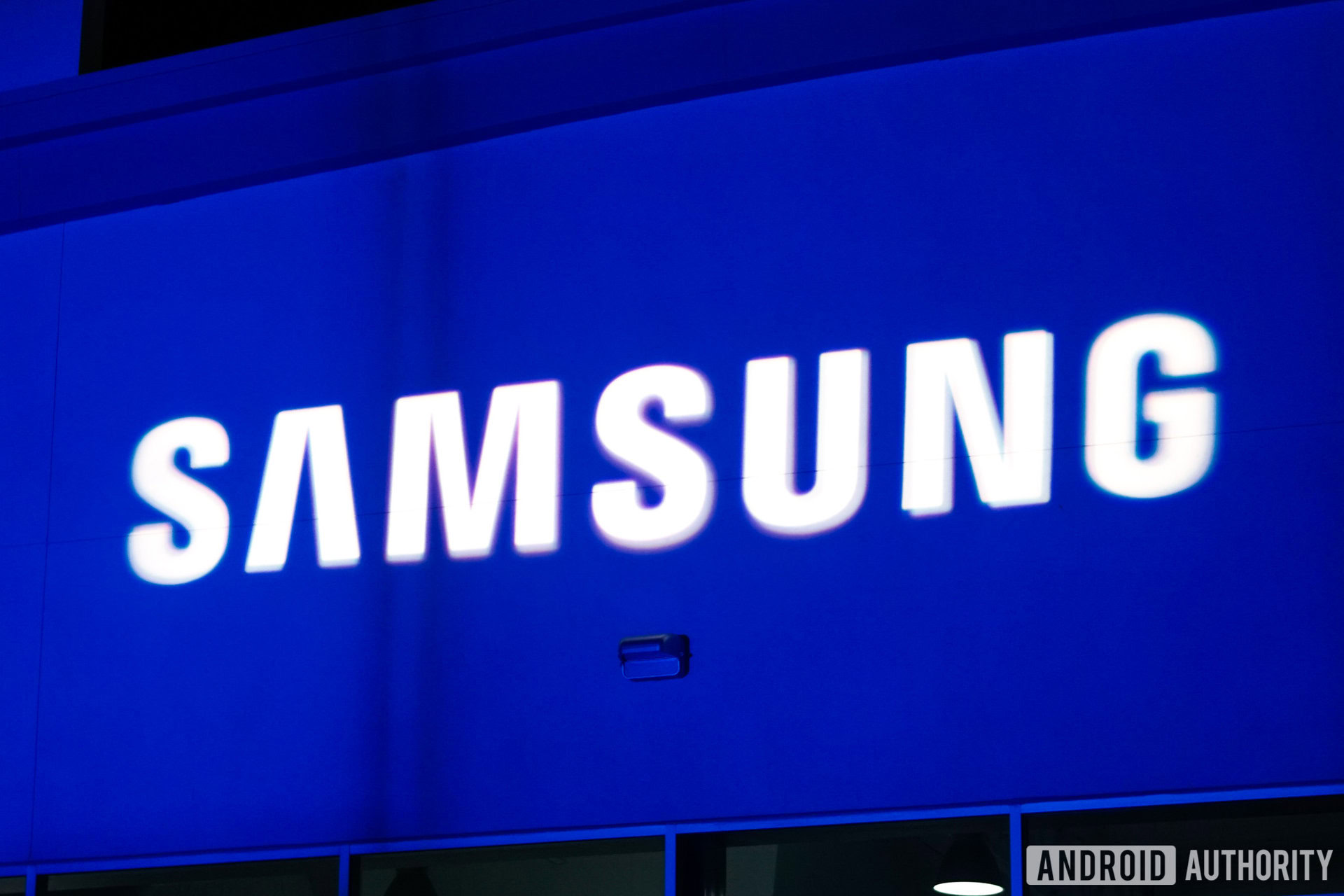Affiliate links on Android Authority may earn us a commission. Learn more.
Samsung goes to China for its new big display bet
Published onFebruary 12, 2018

- Samsung signs deal with Chinese LED chip maker Sanan Optoelectronics.
- The deal is said to be to help with the commercialization of micro-LED displays.
- Micro-LED displays can use 50% less power than OLED for the same brightness, giving it a high potential for use in smartphones.
Samsung Electronics has recently signed an agreement with Chinese LED chip maker Sanan Optoelectronics to help with the commercialization of micro-LED TVs.
Micro-LED is a type of display that is expected to be hugely popular in the next few years. While currently very expensive to produce, Samsung seems determined to make it work, and earlier this year the Korean company introduced its first micro-LED TV called “The Wall.”
This is a 146-inch beast that, as the name suggests, spreads itself out across your room, literally looking like a wall. Samsung wants to release this TV commercially by the end of the year.
However, it is expected to be far too expensive to be widely adopted and if Samsung wants future products to be a success they will need to reduce the cost of these displays significantly. This deal, therefore, seems to be an acknowledgment that, at the moment, Samsung Display can not produce LED chips as cost-effectively as Sanan.
According to ETNews, Samsung will pay the Chinese company an advance of $16.83 million in order to secure LED chips from the company. The deal will last for three years.

As well as being thought of as the potential next generation display of TVs, micro-LED also has a ton of properties that make it perfect for smartphones and smaller devices.
Firstly, it uses less power to produce an equally bright screen. In fact, it can be 50% brighter than current OLED technology. As your screen is one of the main power users on your phone, this could see significant battery life improvements or brighter screens. As well as this, micro-LED should last longer than OLED screens and burn in should not be as much of a problem with micro-LED as it is with OLED.
With such a lot at stake, despite this deal, Samsung certainly isn’t going to be giving up their own attempts at commercially producing micro-LED screens. Still, it will be interesting to see how quickly the two companies can get commercially viable micro-LED products released now they have signed this deal.